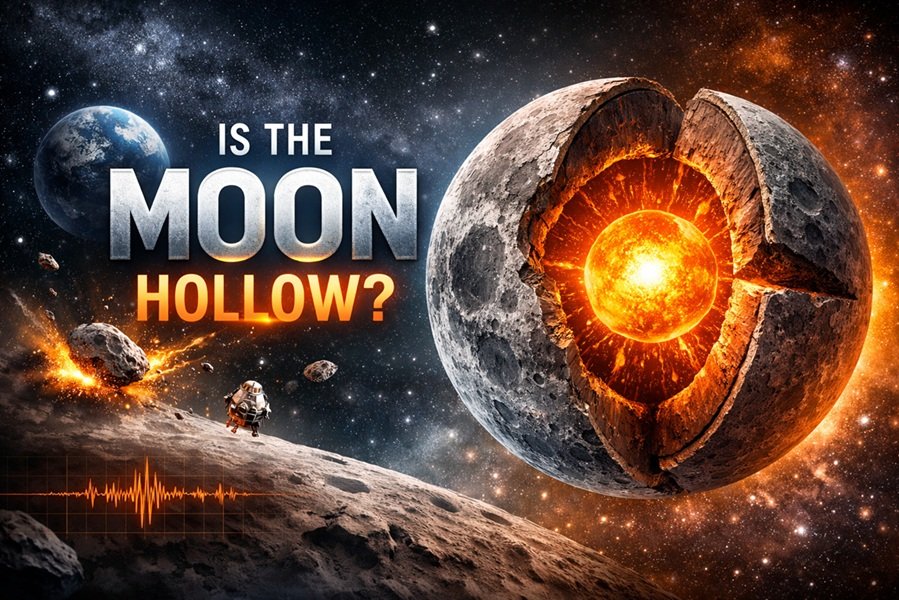
A Deep Dive into a Curious Anatomical Feature
The chin is a subtle yet uniquely human anatomical feature that most people never think twice about—until the question arises: Do any other animals have chins? It turns out this seemingly simple question opens a complex world of anatomy, evolution, and comparative biology. While many animals have lower jaws, the human chin stands apart in both form and function.
This article explores what a chin actually is, which animals might have something similar, and why this feature appears to be unique to humans.
Defining the Chin: More Than Just the Lower Jaw
Before diving into the animal kingdom, we must first understand what we mean by “chin.” Not all protrusions on the lower face count.
In anatomical terms, a chin (known scientifically as the mental protuberance) refers specifically to a forward-pointing projection of the mandibular symphysis, which is the fusion point of the two halves of the human lower jawbone (mandible). The chin forms a noticeable protrusion below the lower lip.
Key characteristics of a true chin include:
- A distinct projection beyond the front of the lower teeth.
- A bony prominence that is not simply due to muscle, fur, or fat.
- A feature not present in fetal development but which forms as humans mature.
So, when we ask if animals have chins, we’re not asking if they have lower jaws or even lower lips—we’re asking whether they have this specific type of bone structure.
Humans: The Only Animal With a True Chin
According to most evolutionary biologists and anatomists, humans are the only species with a true, bony chin.
Why Do Humans Have Chins?
There is still debate about why chins evolved. Some hypotheses include:
- Mechanical stress: The chin may help resist the forces of chewing and speaking.
- Sexual selection: A prominent chin might have been seen as attractive, contributing to reproductive success.
- Byproduct of facial shortening: As human faces became flatter (a trait linked to social behavior and speech), the chin may have emerged as a side effect.
Regardless of the exact cause, the chin is not found in our closest relatives—chimpanzees, gorillas, or any other primates.
Other Animals: Similar Structures, but Not True Chins
Though no other animals have true chins, some mammals and birds have superficially similar features. Let’s explore a few examples that sometimes get mistaken for having chins.
1. Primates
Our closest relatives in the primate family—such as chimpanzees, bonobos, and gorillas—have lower jaws, but their mandibular symphysis does not protrude. Instead, it recedes or is flat.
- Chimpanzees and gorillas have what’s called a simian shelf, a bony thickening on the inside of the jaw for muscle attachment. This structure supports chewing but lacks an external protrusion.
- Even in species like orangutans, where the jaw shape may appear somewhat prominent, it’s not a true chin.
2. Dogs and Cats
Domesticated animals like dogs and cats have noticeable lower jaws and may have tufts of fur beneath the mouth, leading some people to think they have “chins.” However:
- Their jawbone does not project forward beyond the lower teeth.
- The appearance of a “chin” is usually due to fur or skin folds, not bone structure.
3. Pigs and Other Ungulates
Pigs, goats, and cows often have a fleshy or hairy lower jaw area. In goats, a beard can resemble a human chin, but again, this is hair, not bone.
- Some ungulates have a mental tubercle, a small bump on the mandible, but it’s not a protruding chin.
- Their jawlines taper or curve backward rather than sticking out.
4. Birds
Birds have beaks instead of jaws with teeth, but in some species like parrots or cockatoos, the lower part of the beak may curve outward in a way that gives the illusion of a chin.
However, bird beaks are keratinized structures, not bony chins, and function quite differently.
Exceptions? The Case of the Elephant
Elephants have a lower jaw with a noticeable front end and muscular lips used for feeding. While some scientists have noted a slight bump on the mandible, it’s not a true chin. Elephants also lack the specific bone configuration found in humans.
Fossil Evidence: When Did the Chin Appear?
The fossil record offers clues to when the chin evolved.
- Homo sapiens (~300,000 years ago): The first species with a clearly defined chin.
- Neanderthals (Homo neanderthalensis): Lacked a true chin. Their lower faces were more forward-sloping.
- Homo erectus: Also lacked a chin, despite having human-like postures and tool use.
The presence of a chin in anatomically modern humans suggests it may have been a late evolutionary adaptation, possibly tied to speech, facial expression, or social interaction.
Why Is the Chin So Unique?
From an evolutionary standpoint, it’s rare for a feature to evolve in only one species, especially among mammals. This uniqueness has prompted several theories:
- Speech: Some researchers link the chin to the development of language, as it may help anchor muscles used in articulation.
- Social signaling: A prominent chin might help convey emotion through facial expressions.
- Evolutionary byproduct: Some argue the chin has no functional purpose and is simply a side effect of other changes in skull shape.
Regardless of its origin, the chin remains a fascinating anomaly—the only bony facial trait exclusive to humans.
Explore:
Conclusion: Chins Are Uniquely Human
To summarize:
- A chin is a specific bony protrusion found only in humans.
- No other animals—primates, mammals, birds, or otherwise—have a true chin.
- Other species may have lower jaws, tufts of fur, or beak shapes that mimic the appearance of a chin, but anatomically, these do not qualify.
The chin may seem like a minor detail, but its presence highlights the intricacies of human evolution. It stands as a small, underappreciated marker of what makes us biologically—and perhaps behaviorally—distinct from the rest of the animal kingdom.





